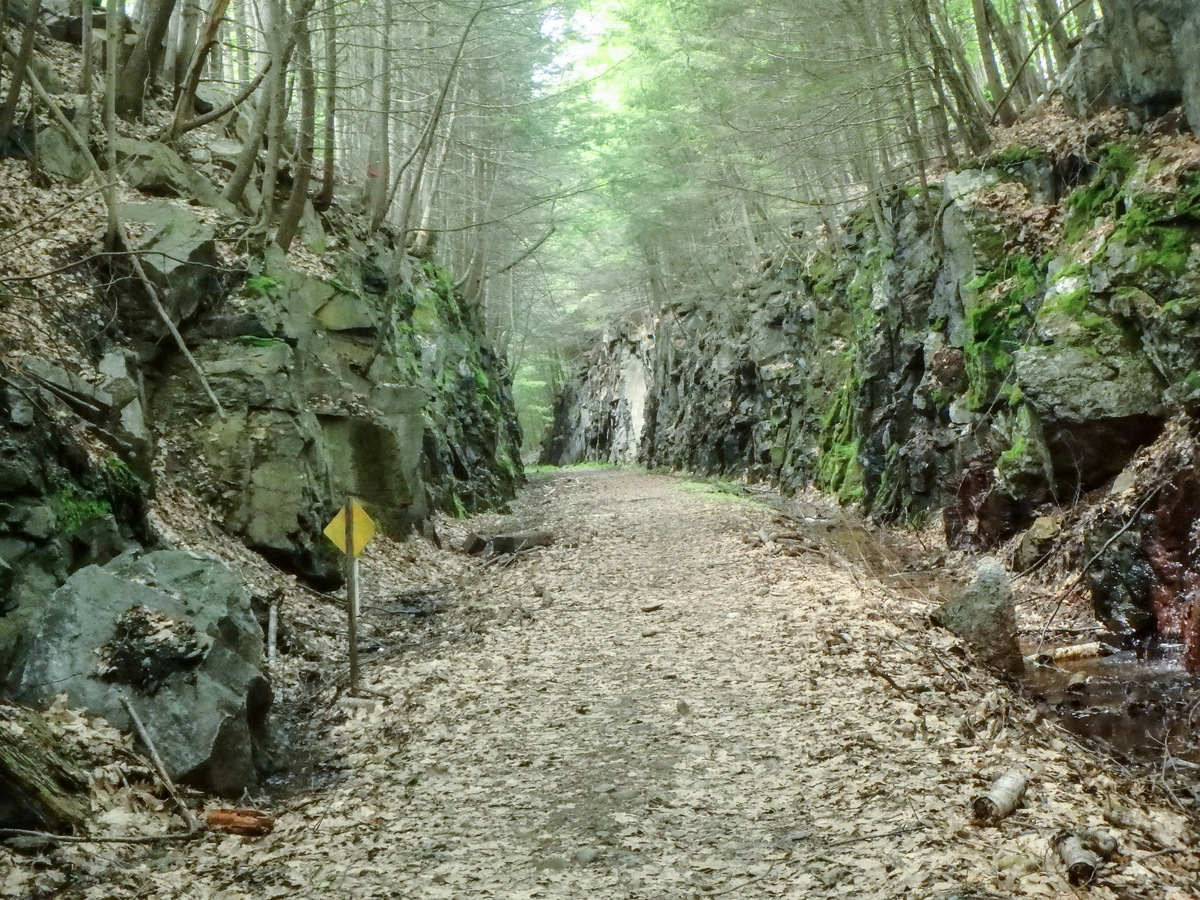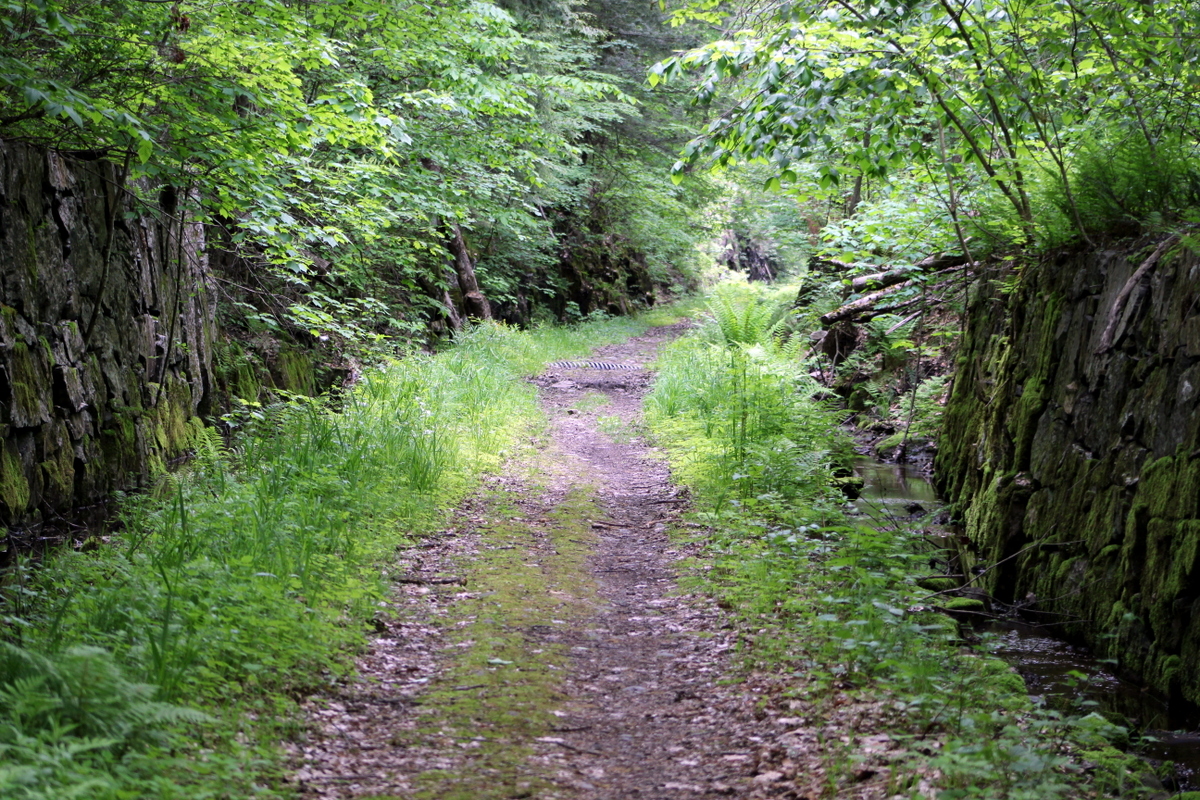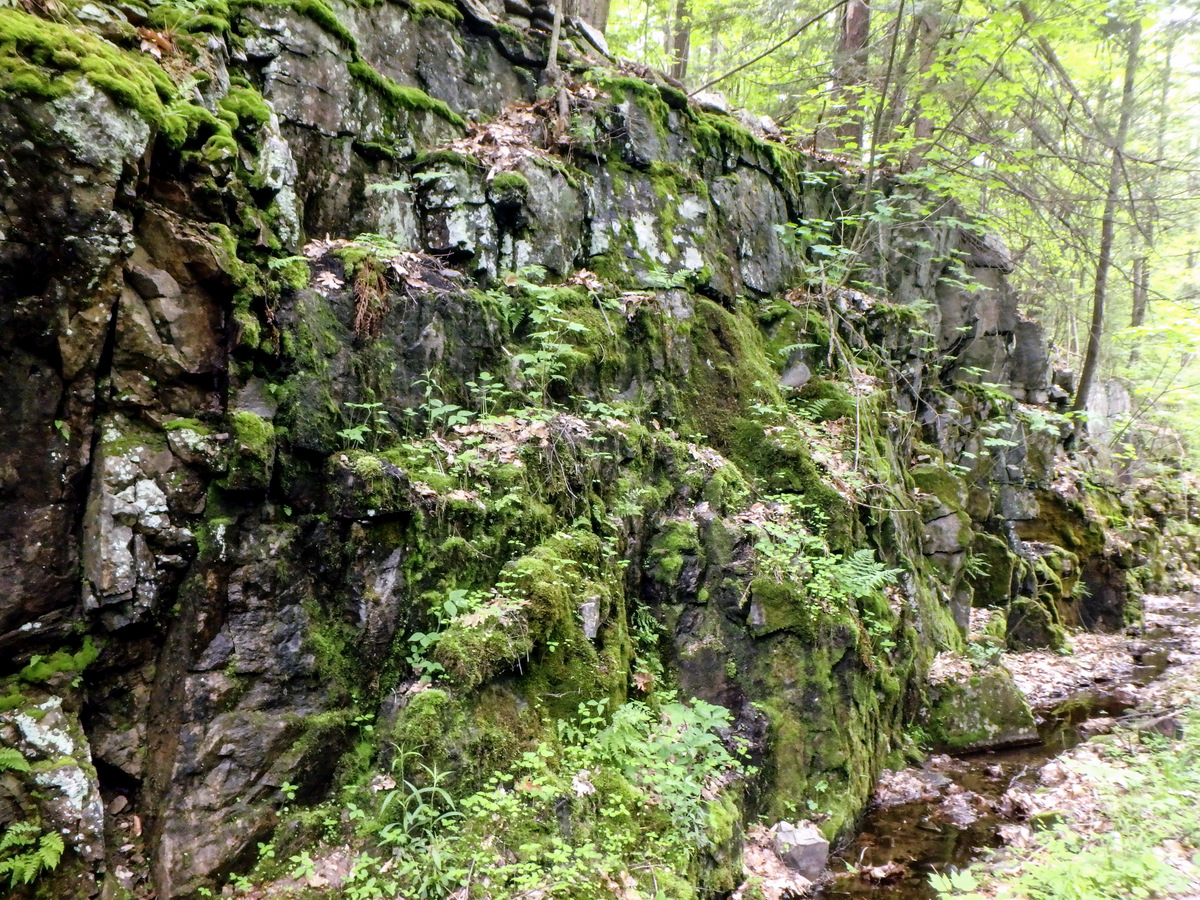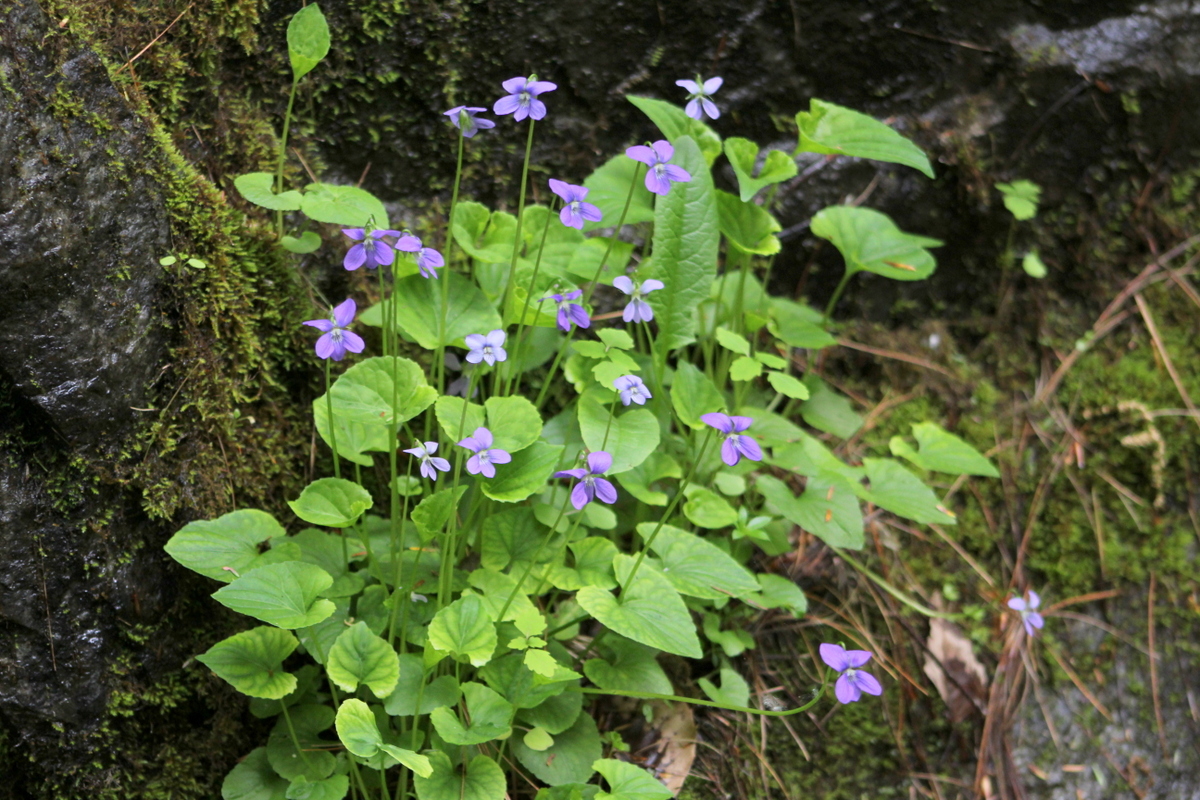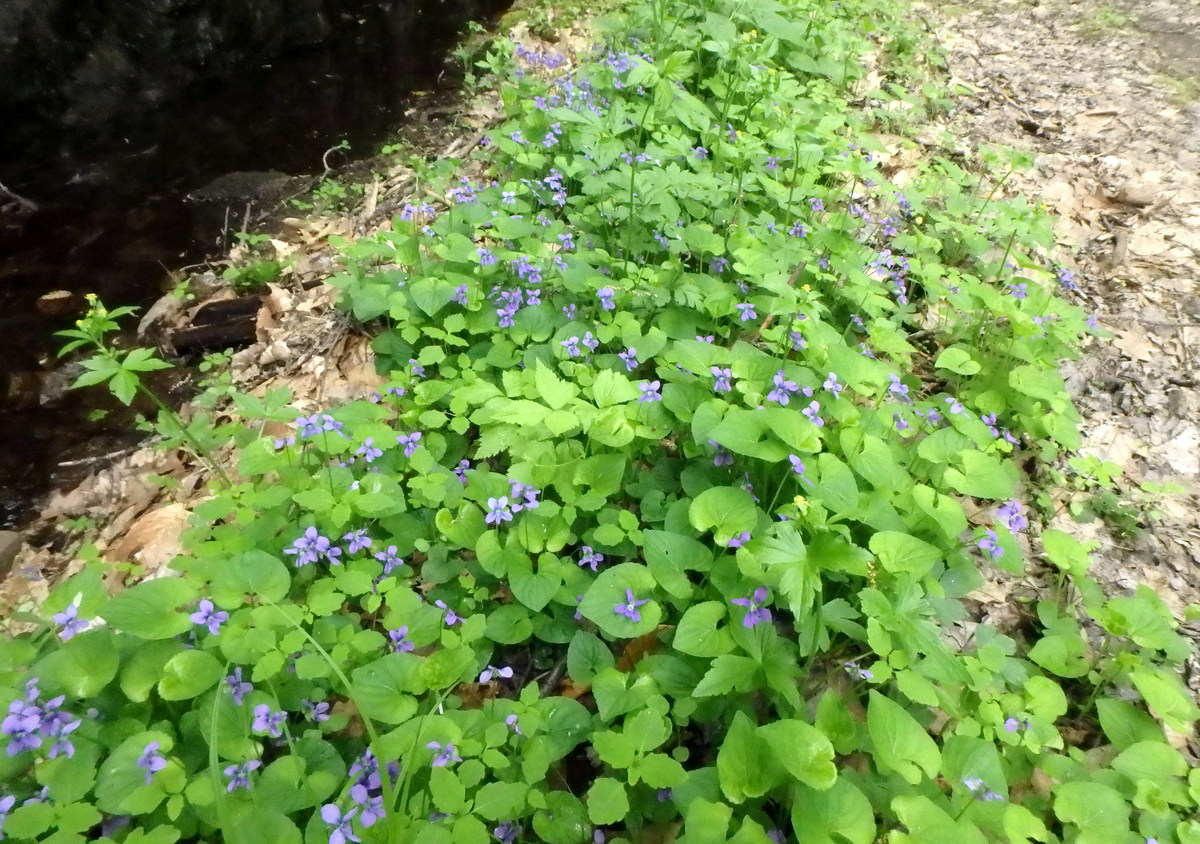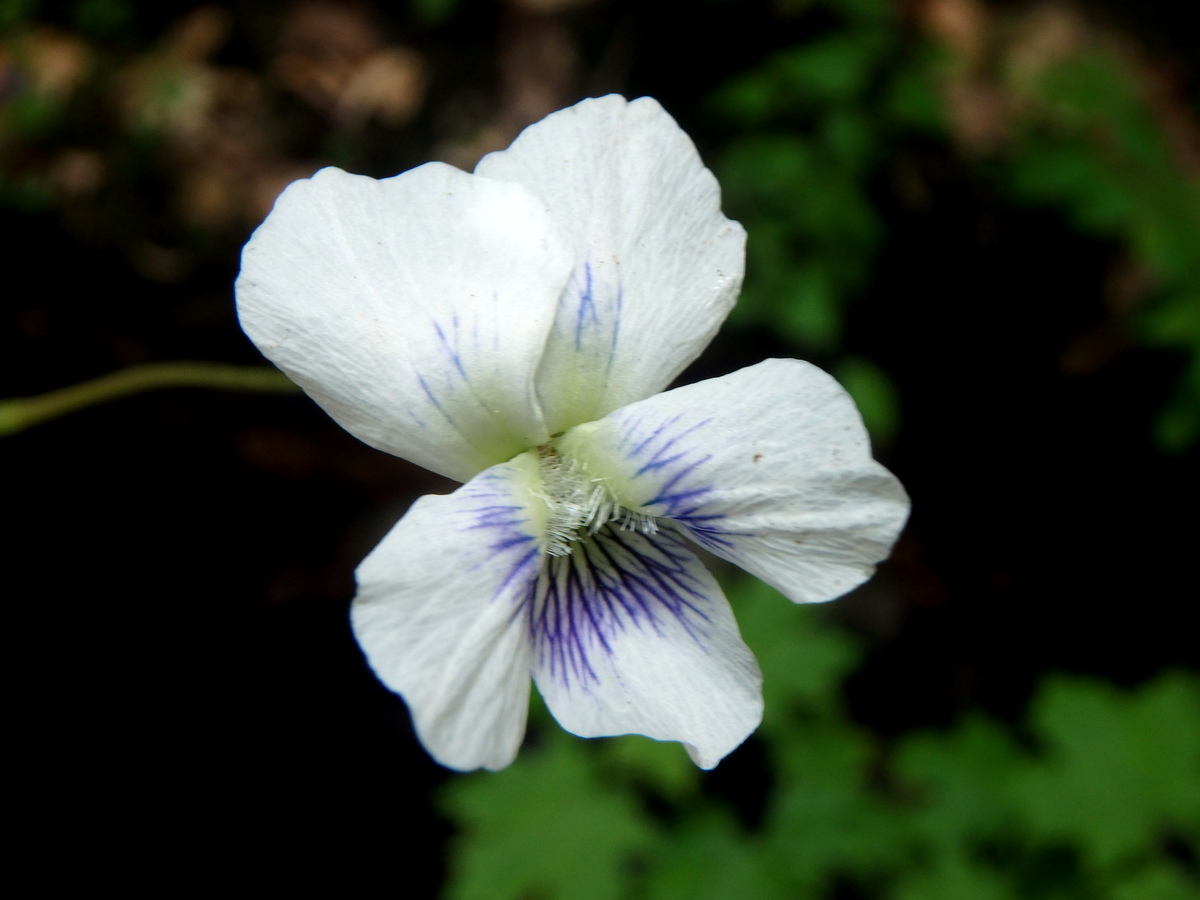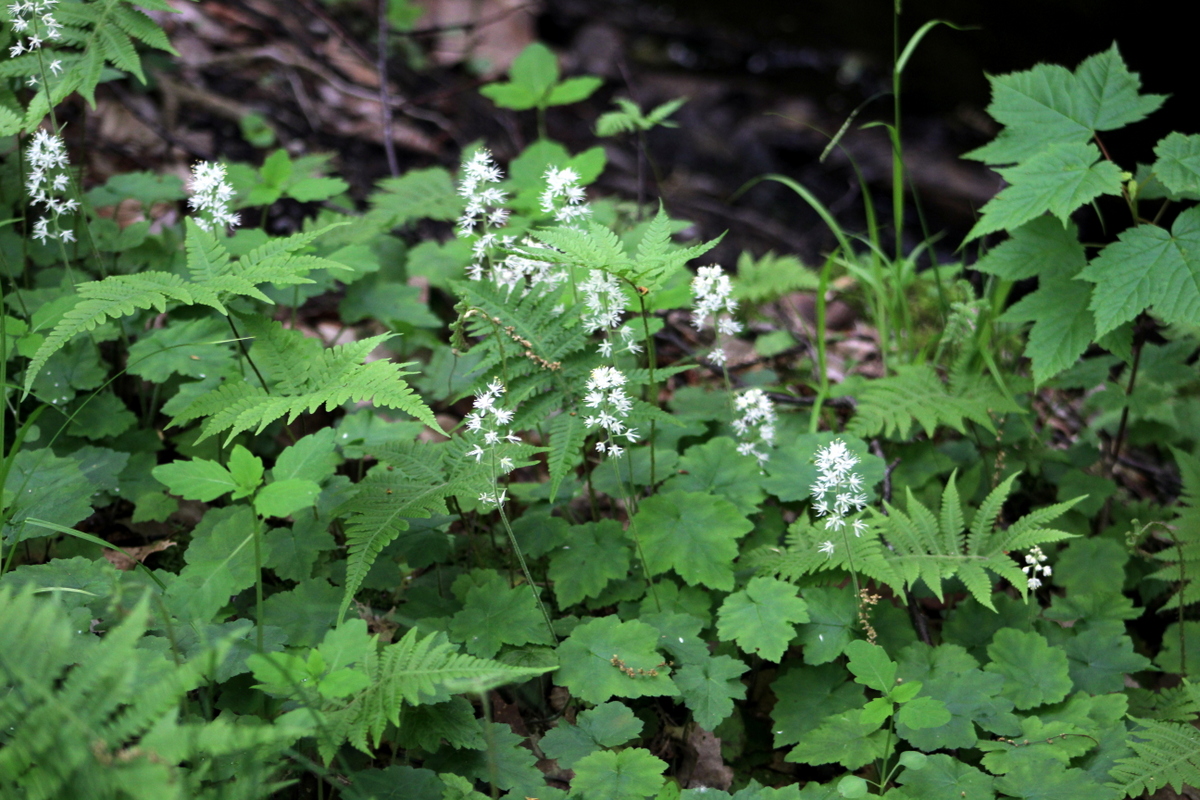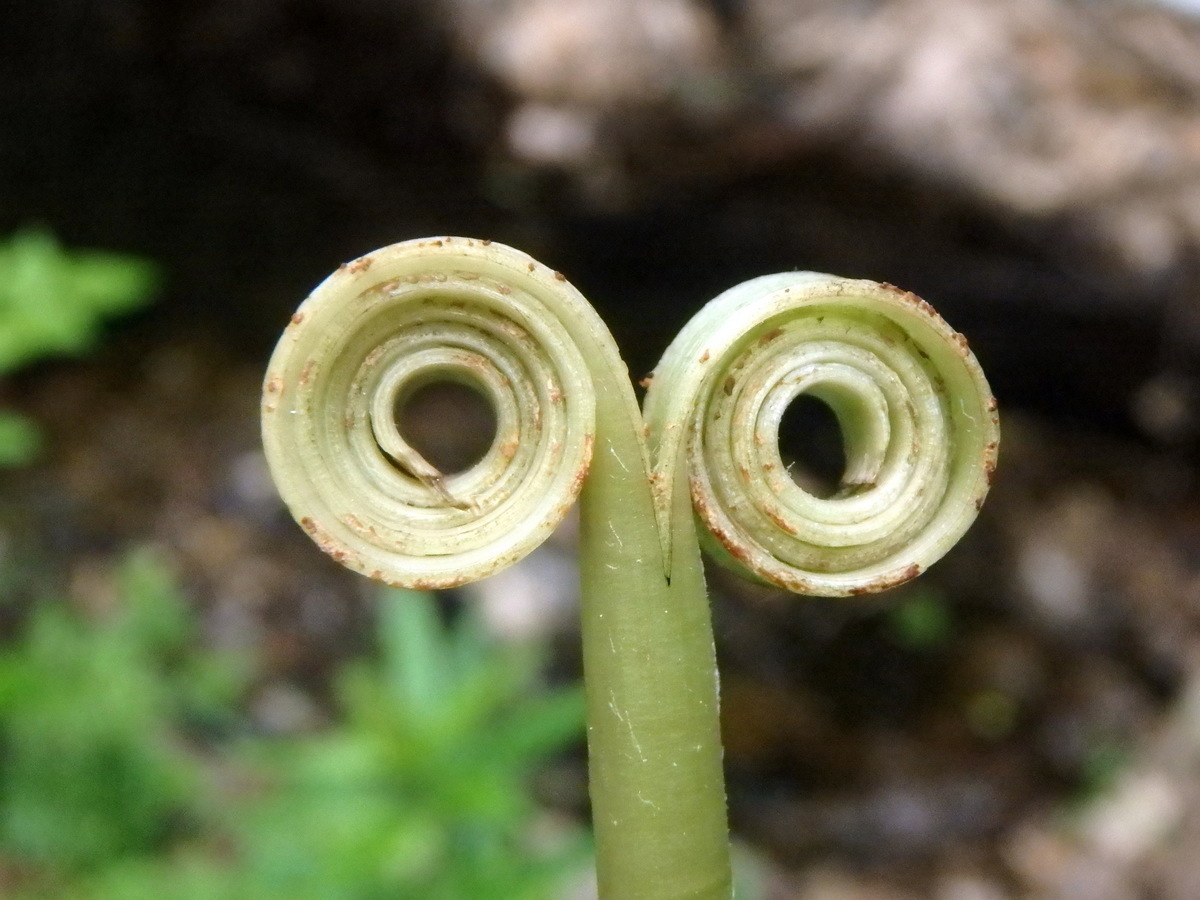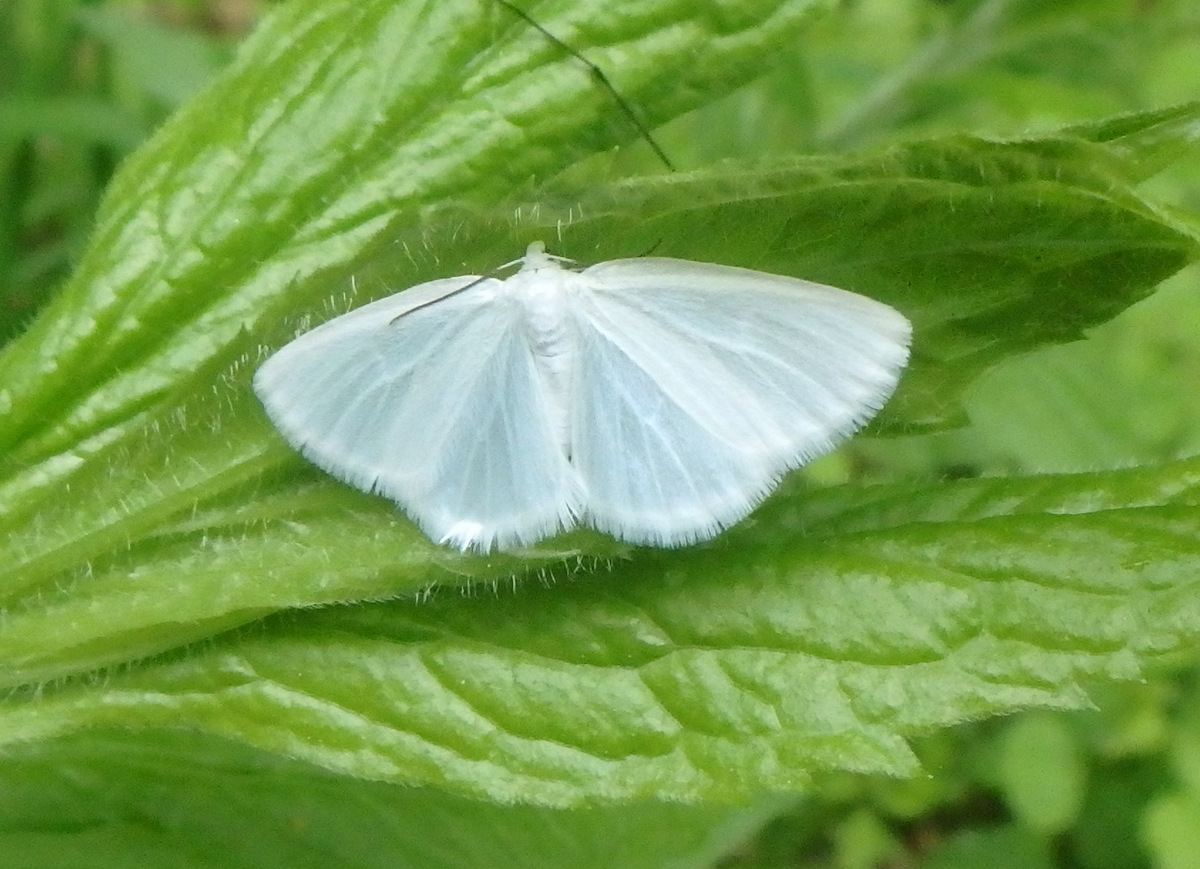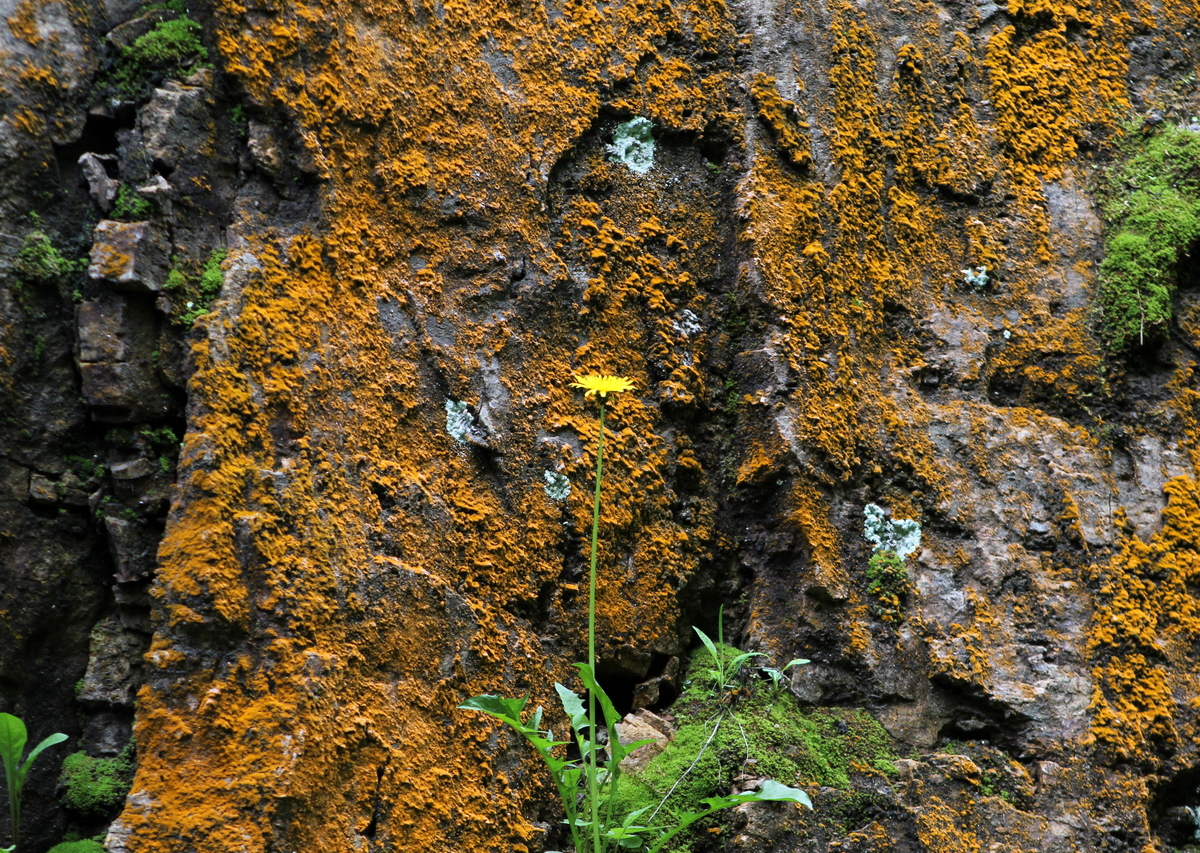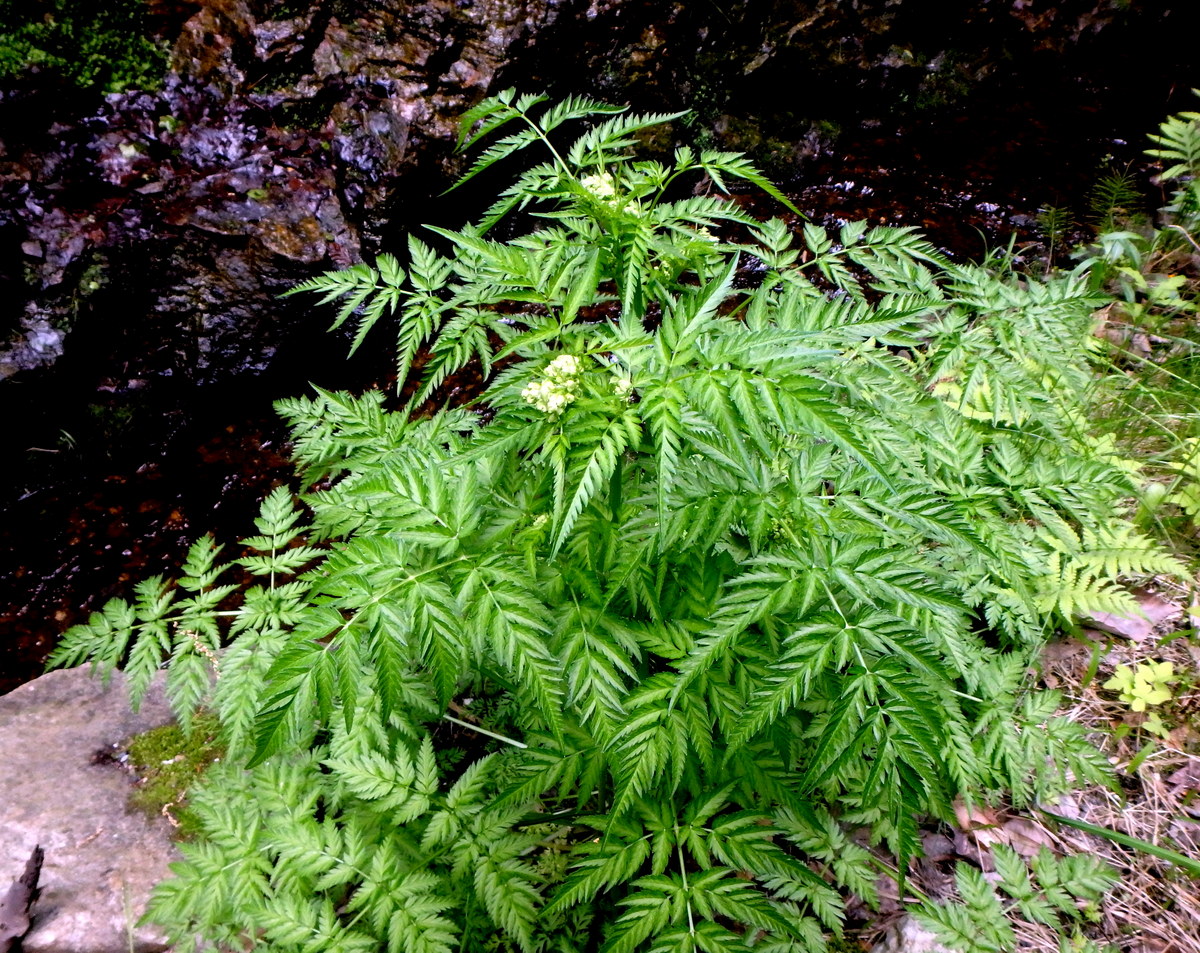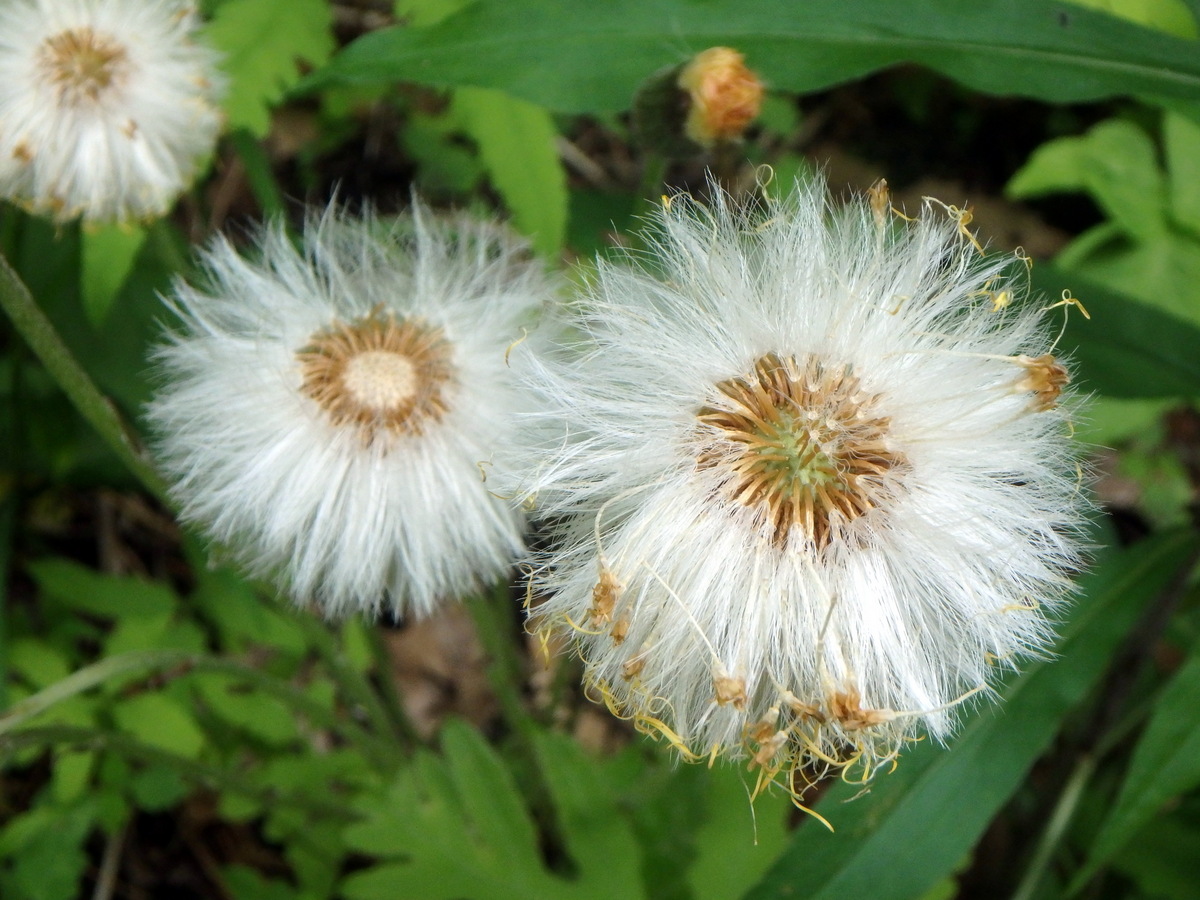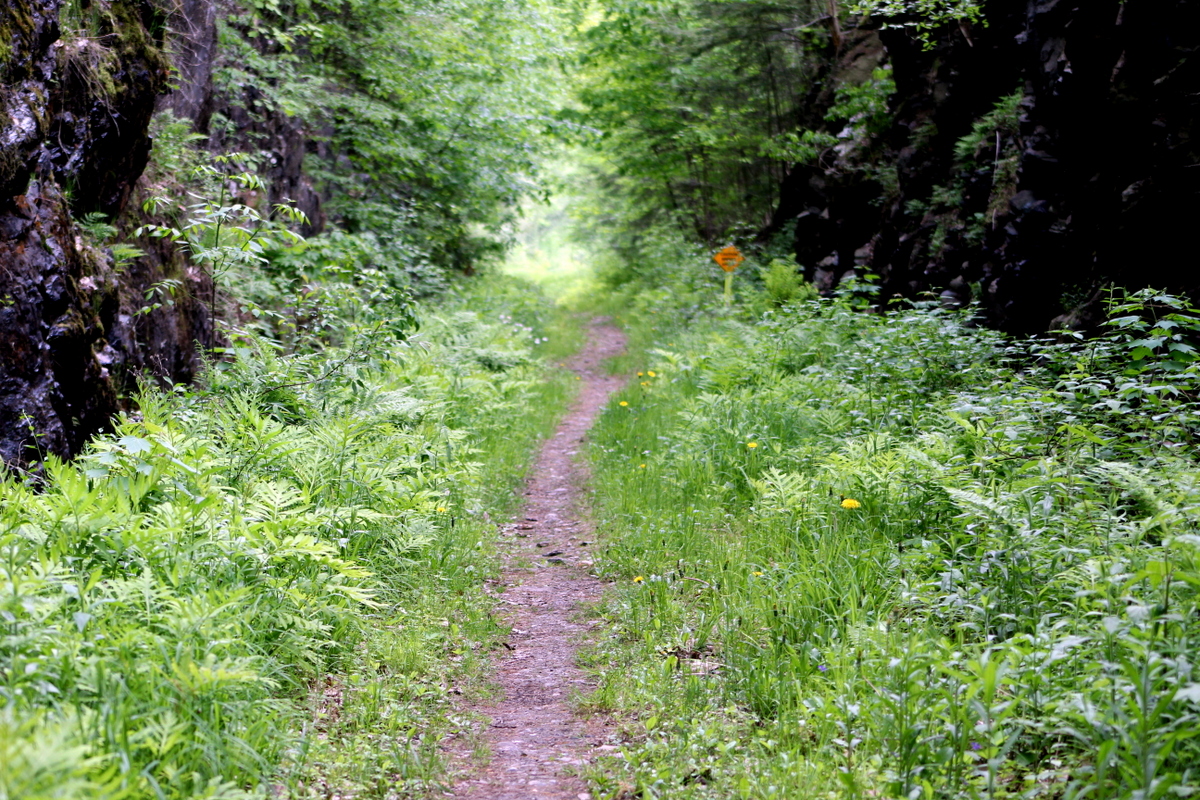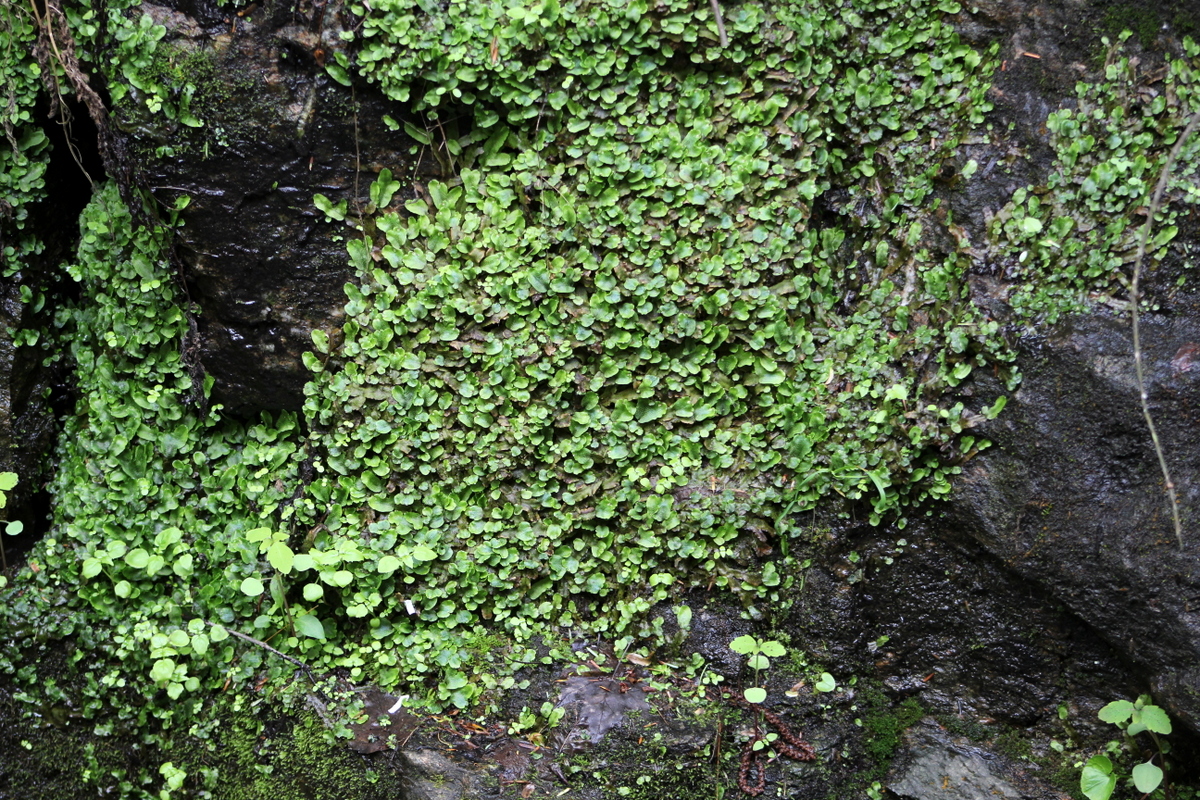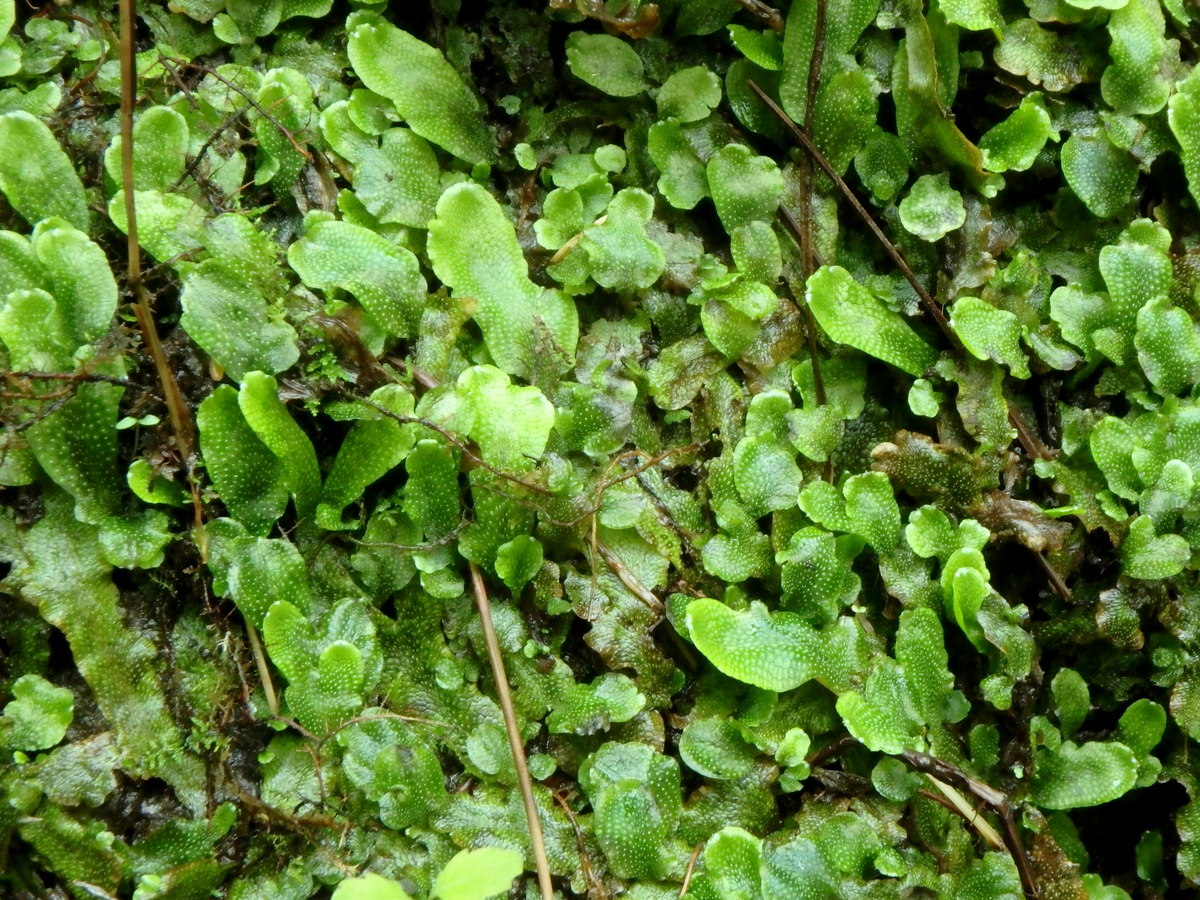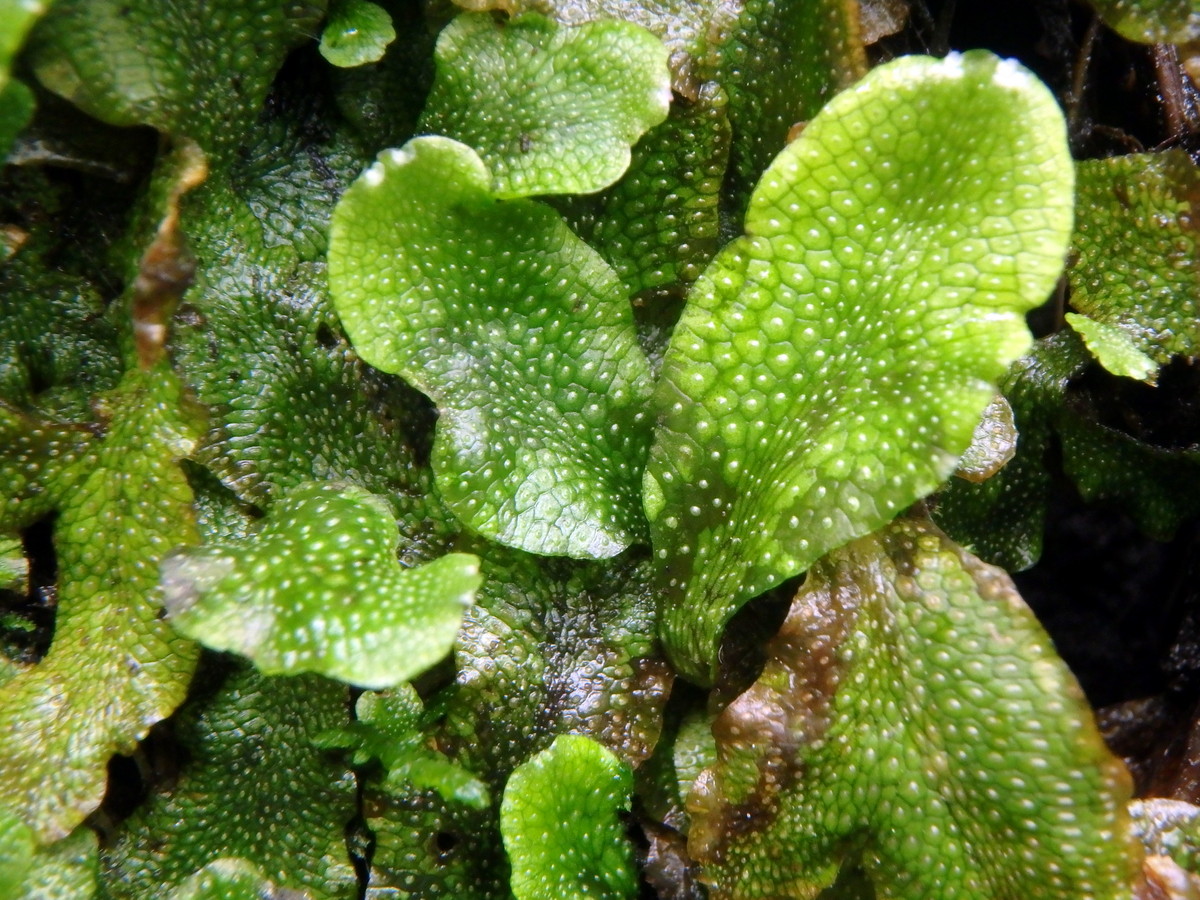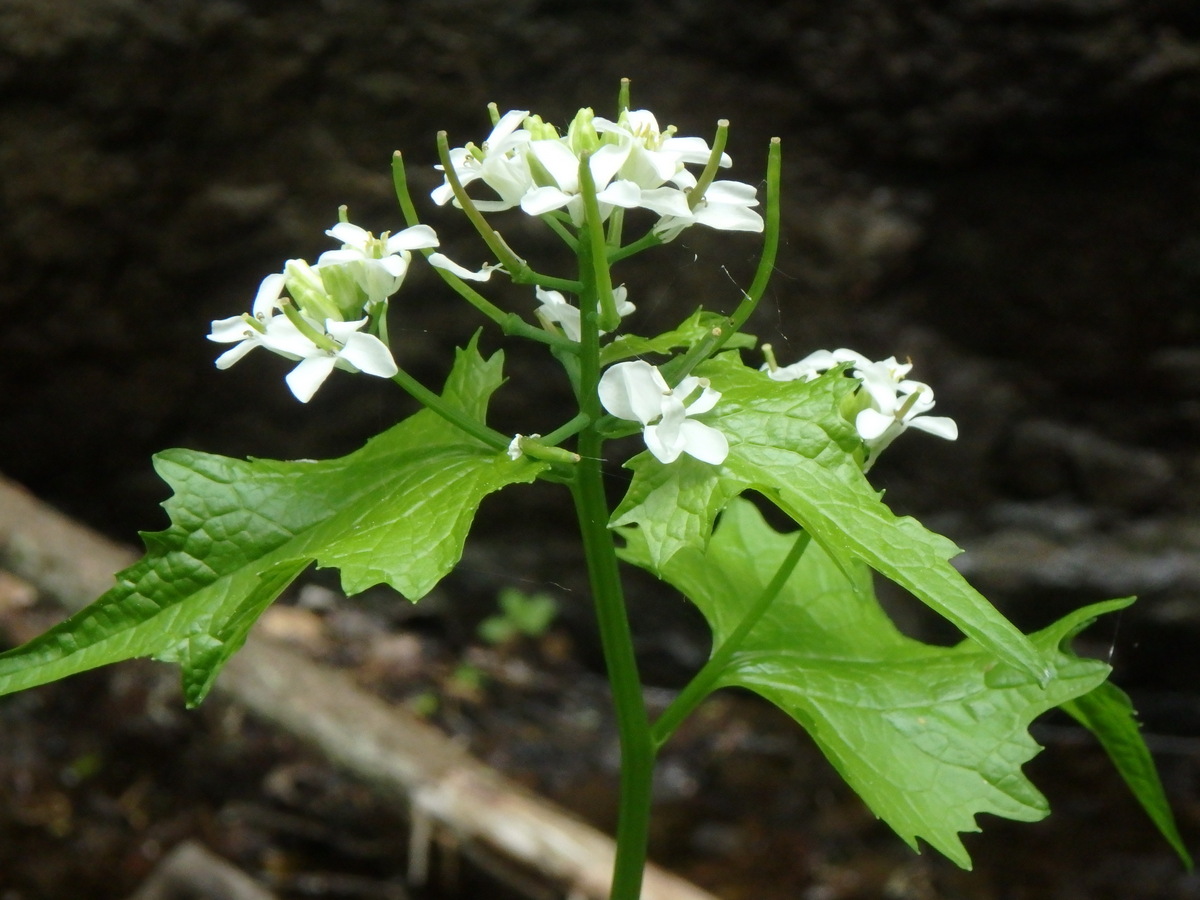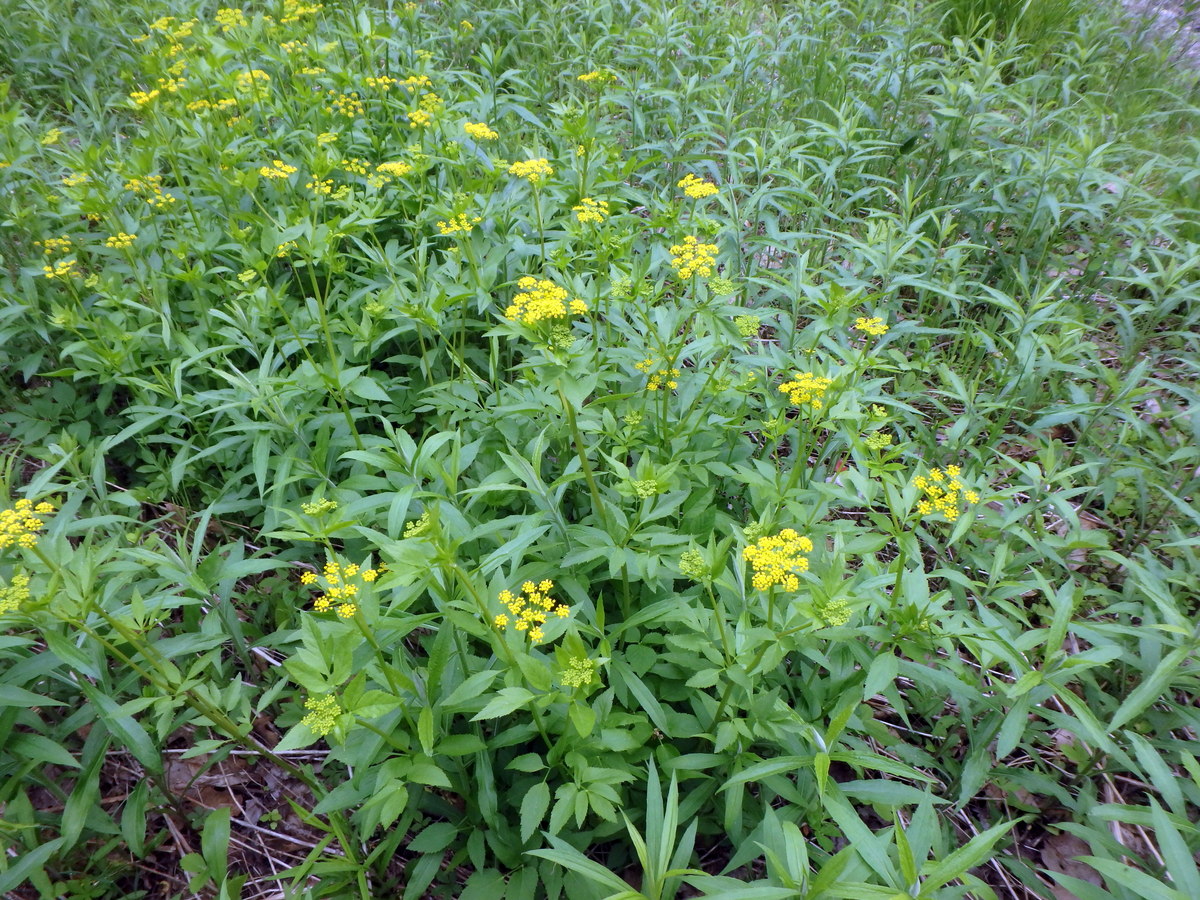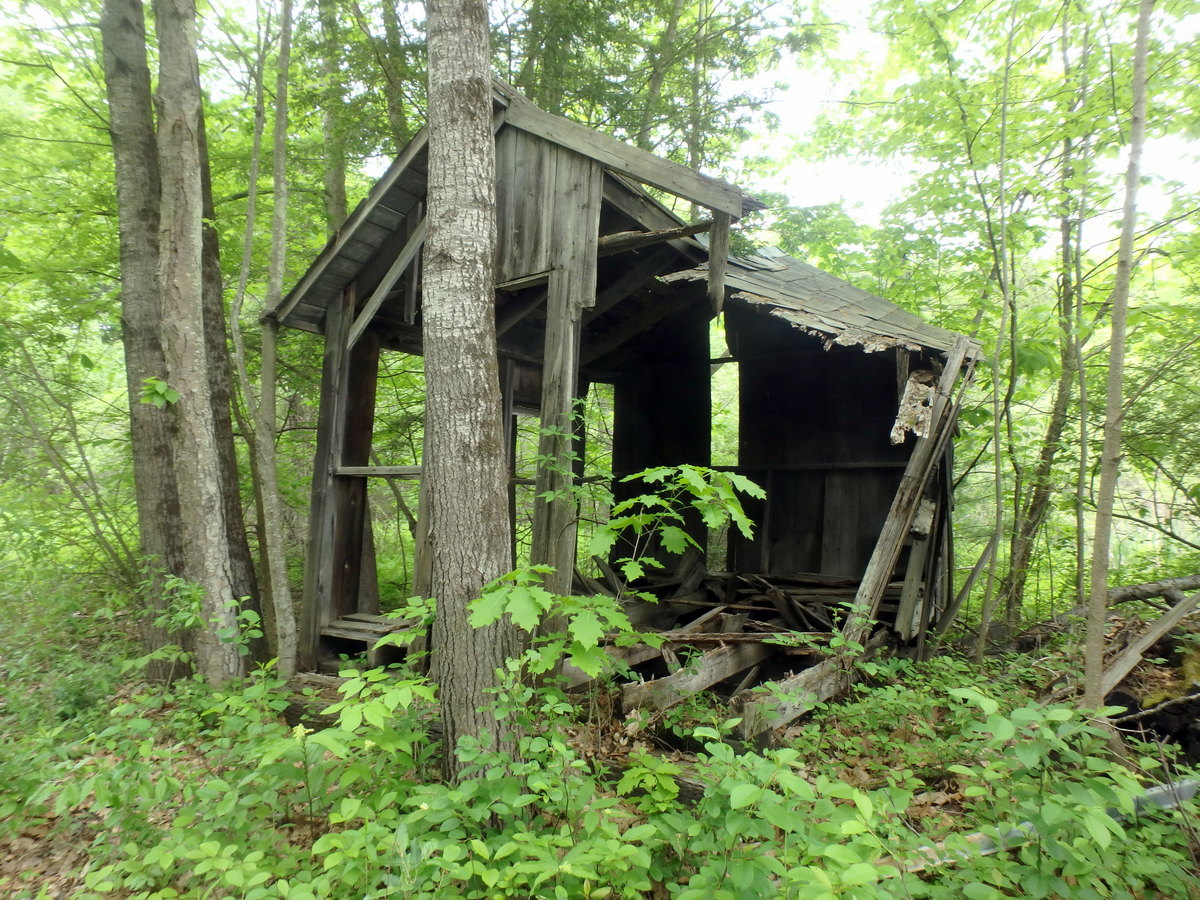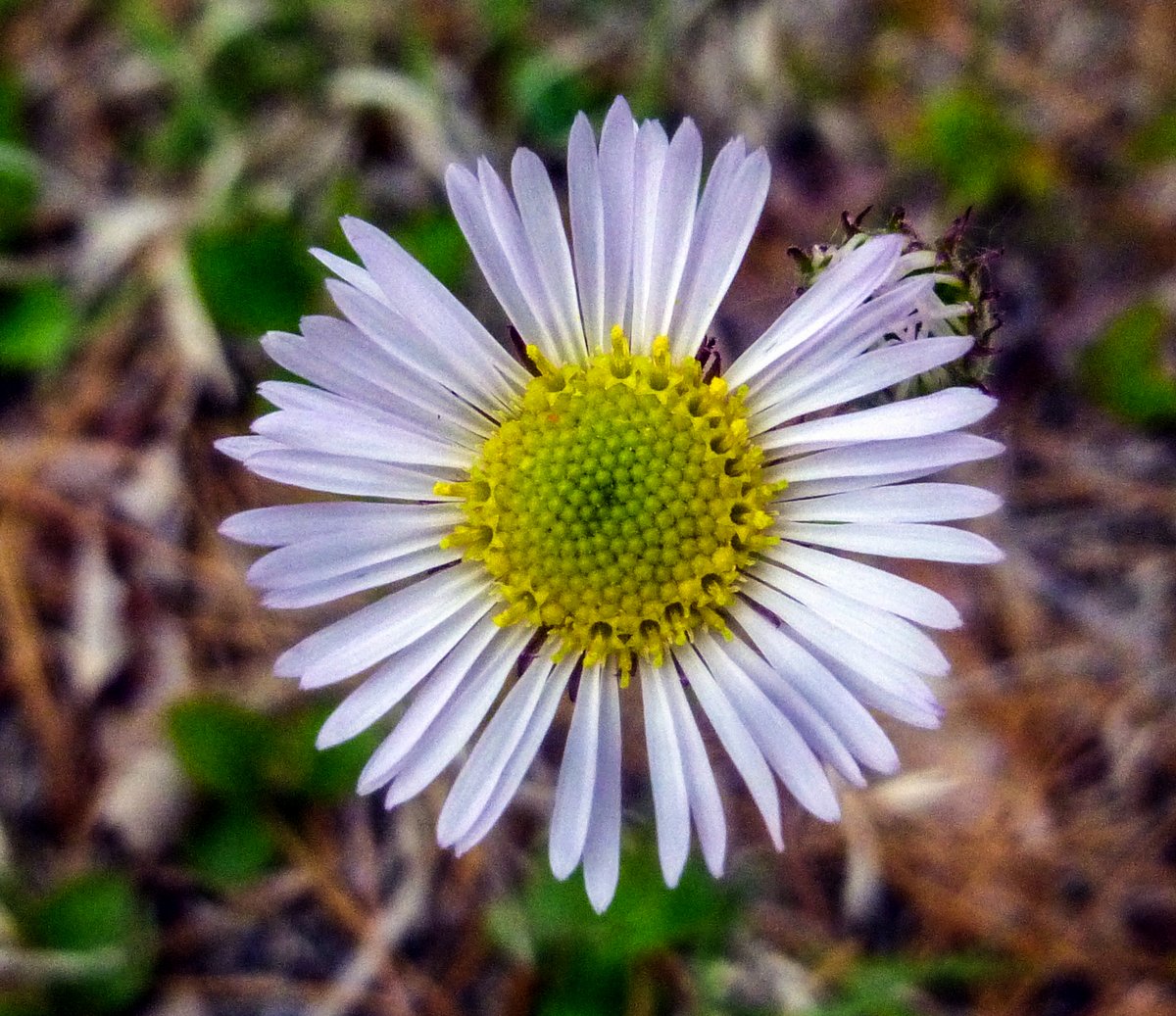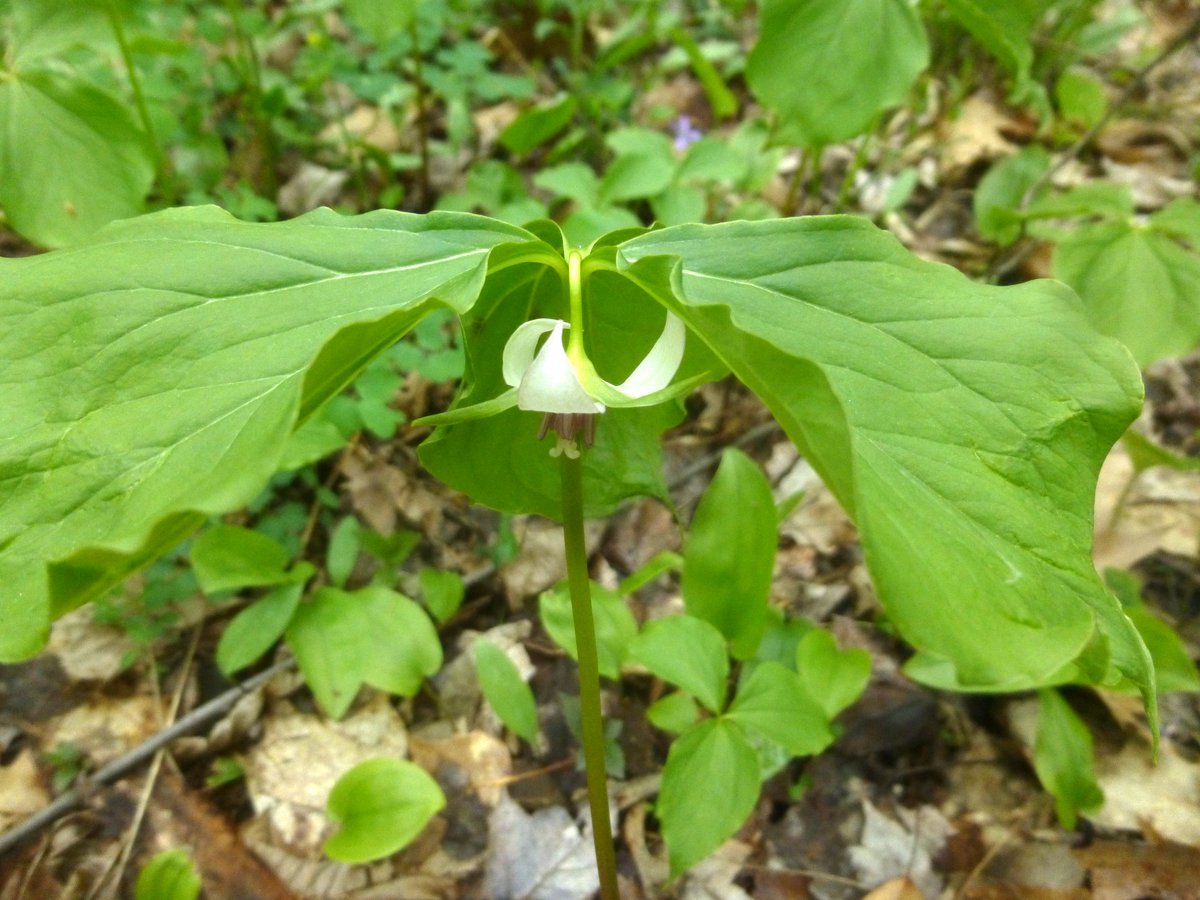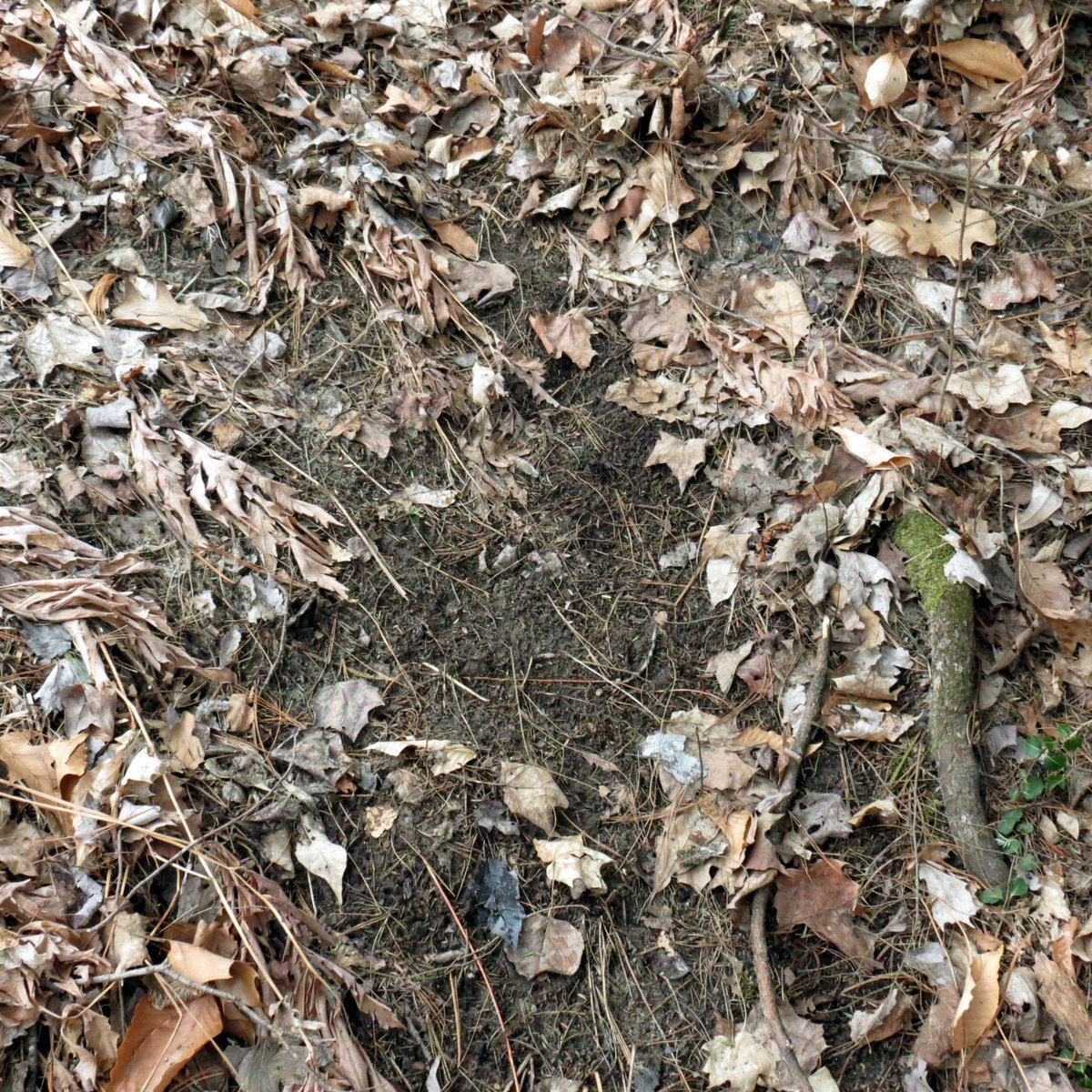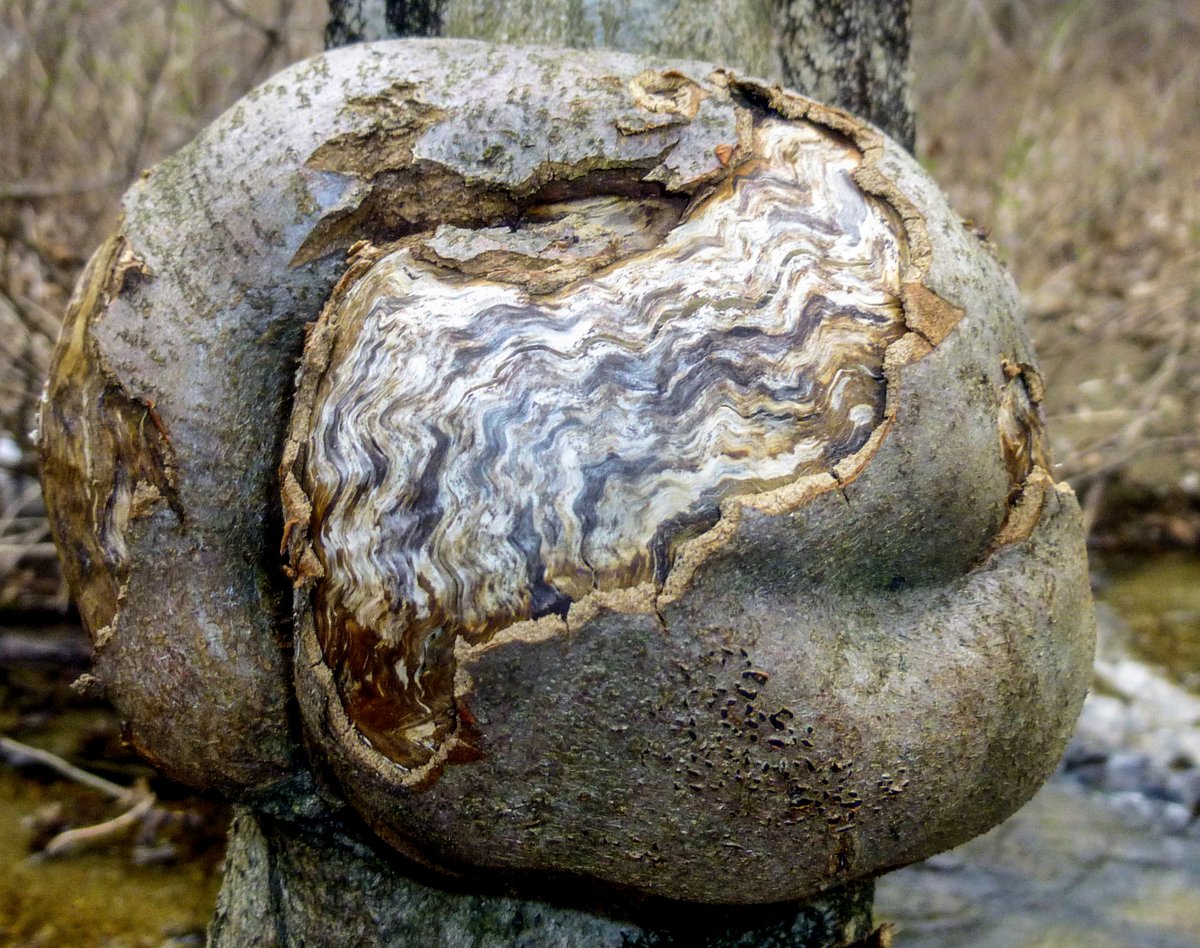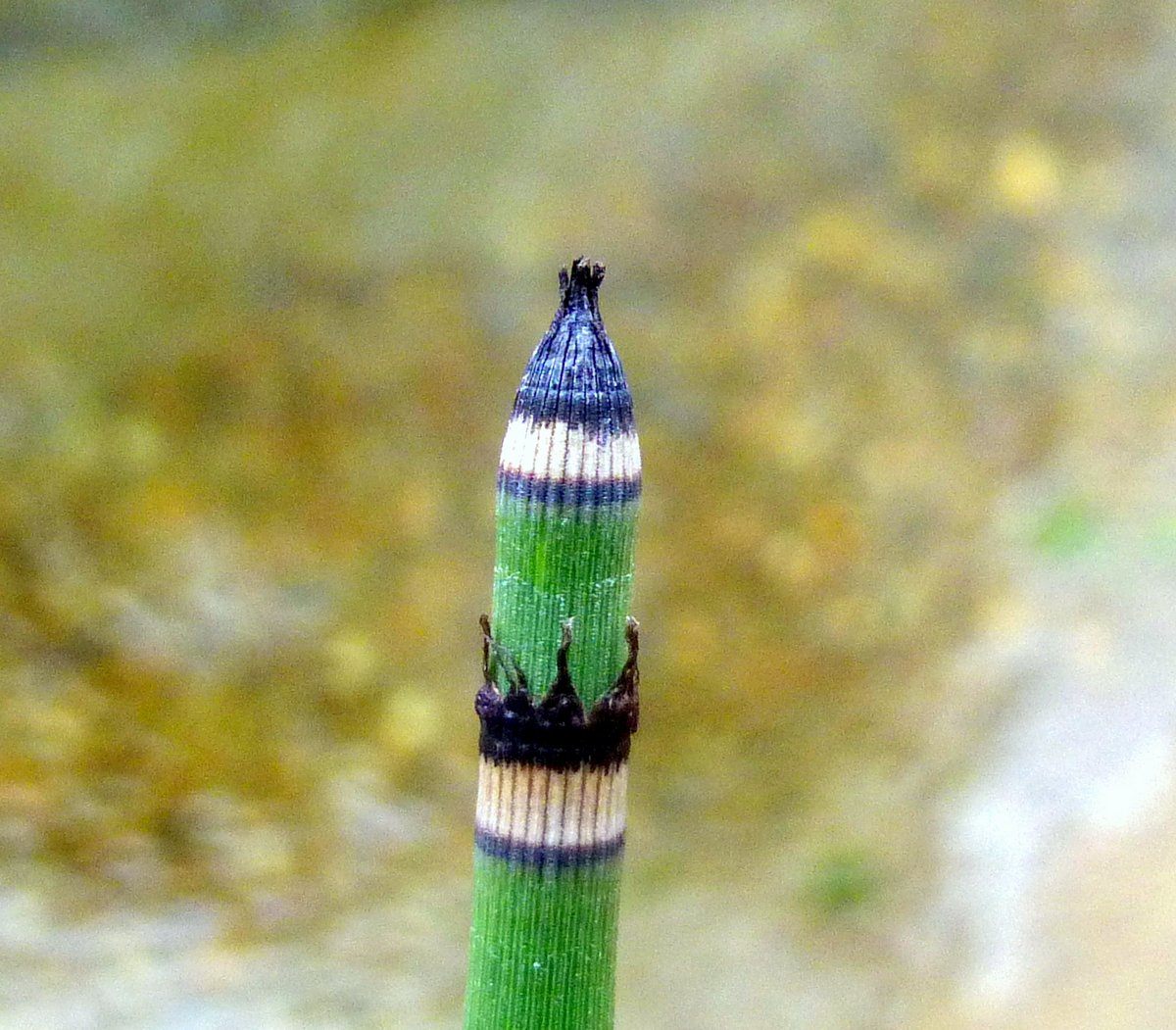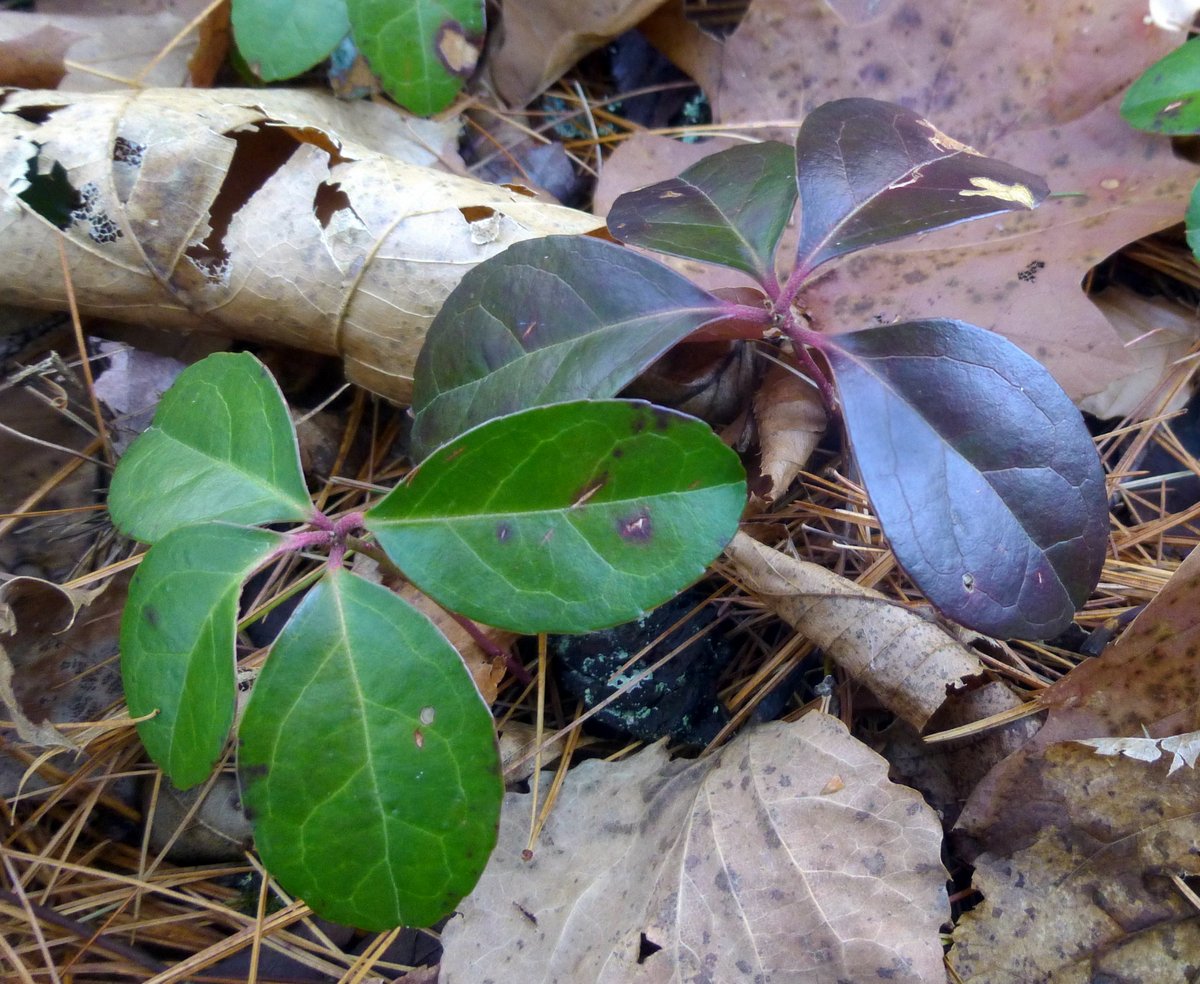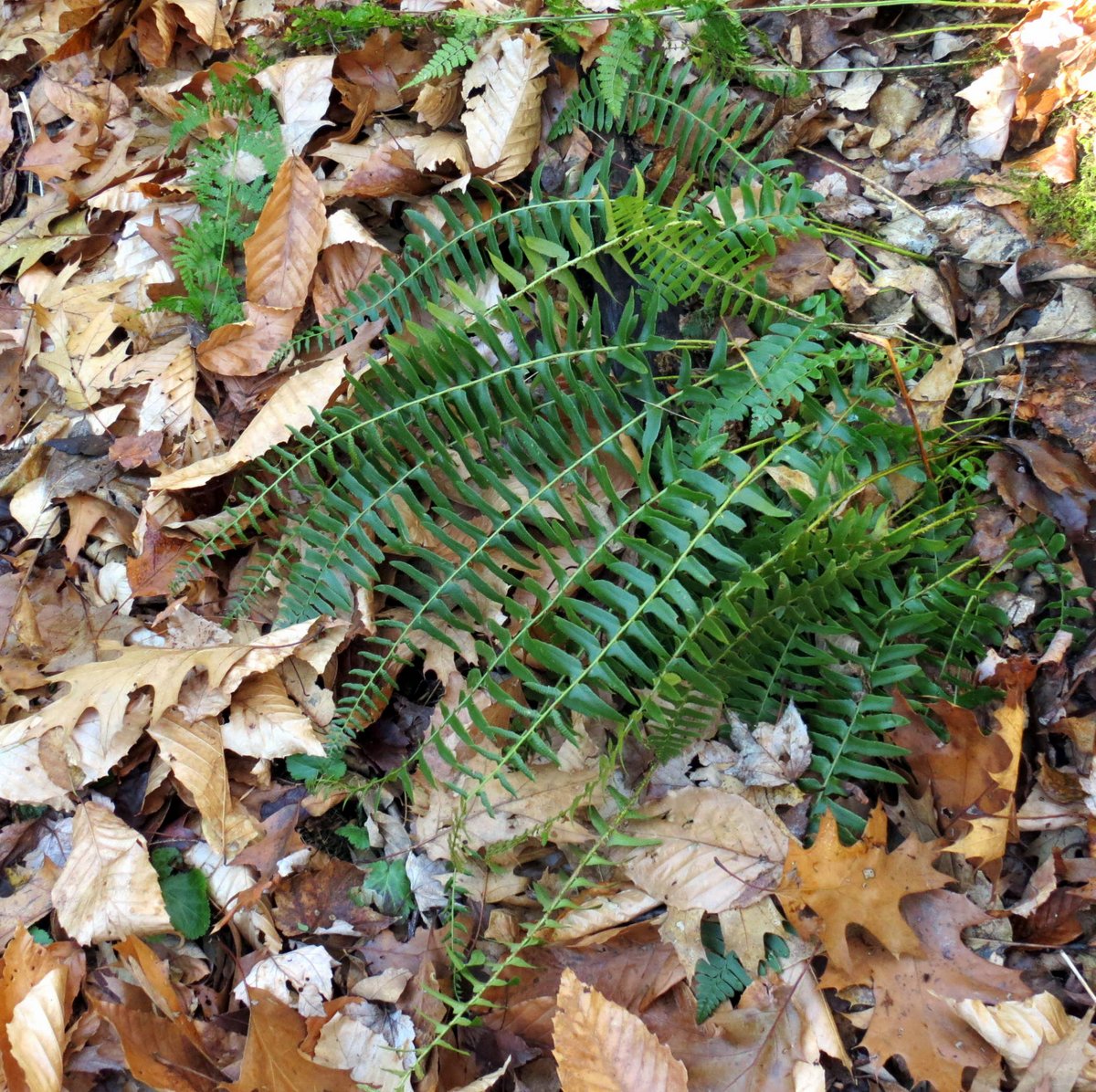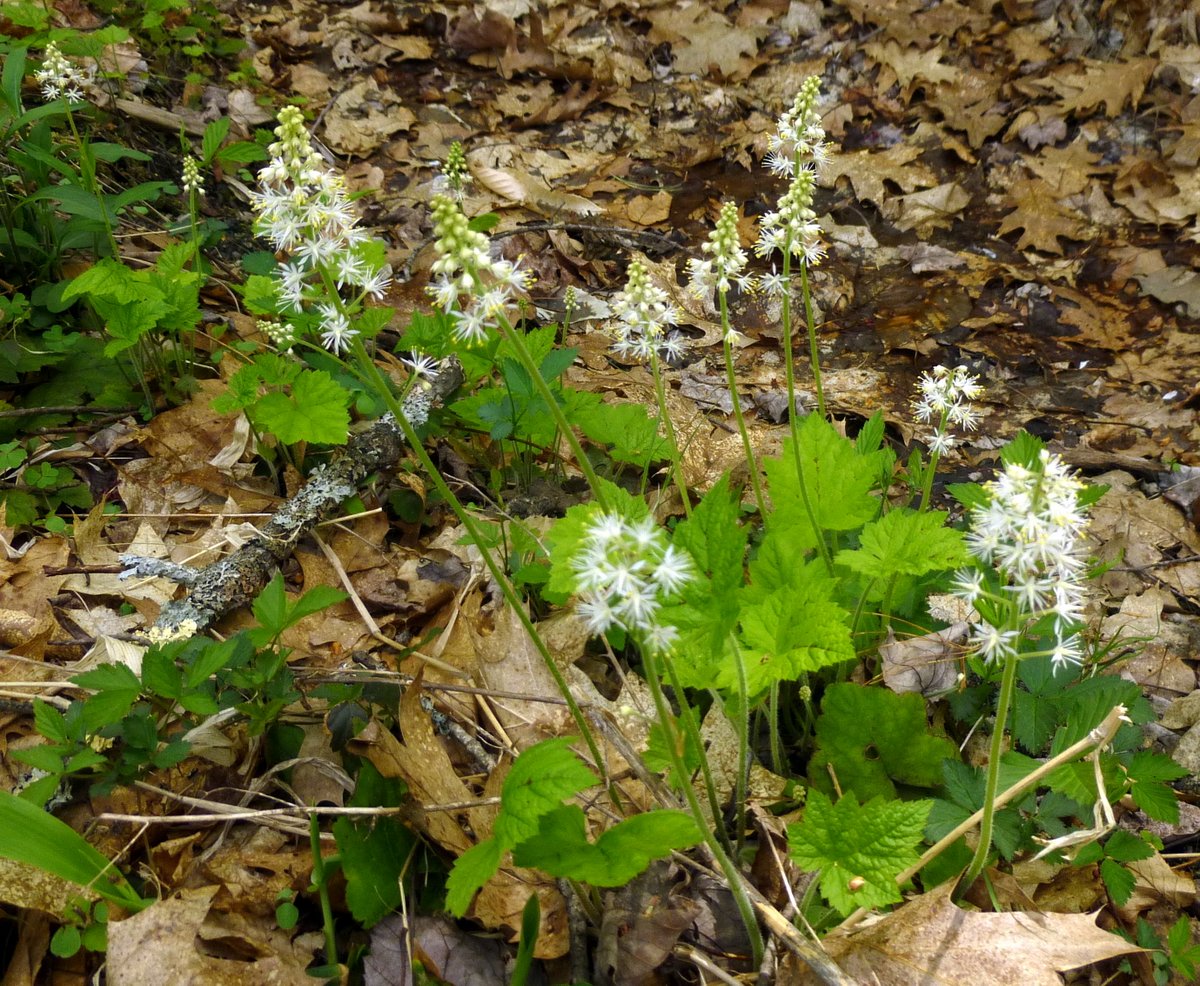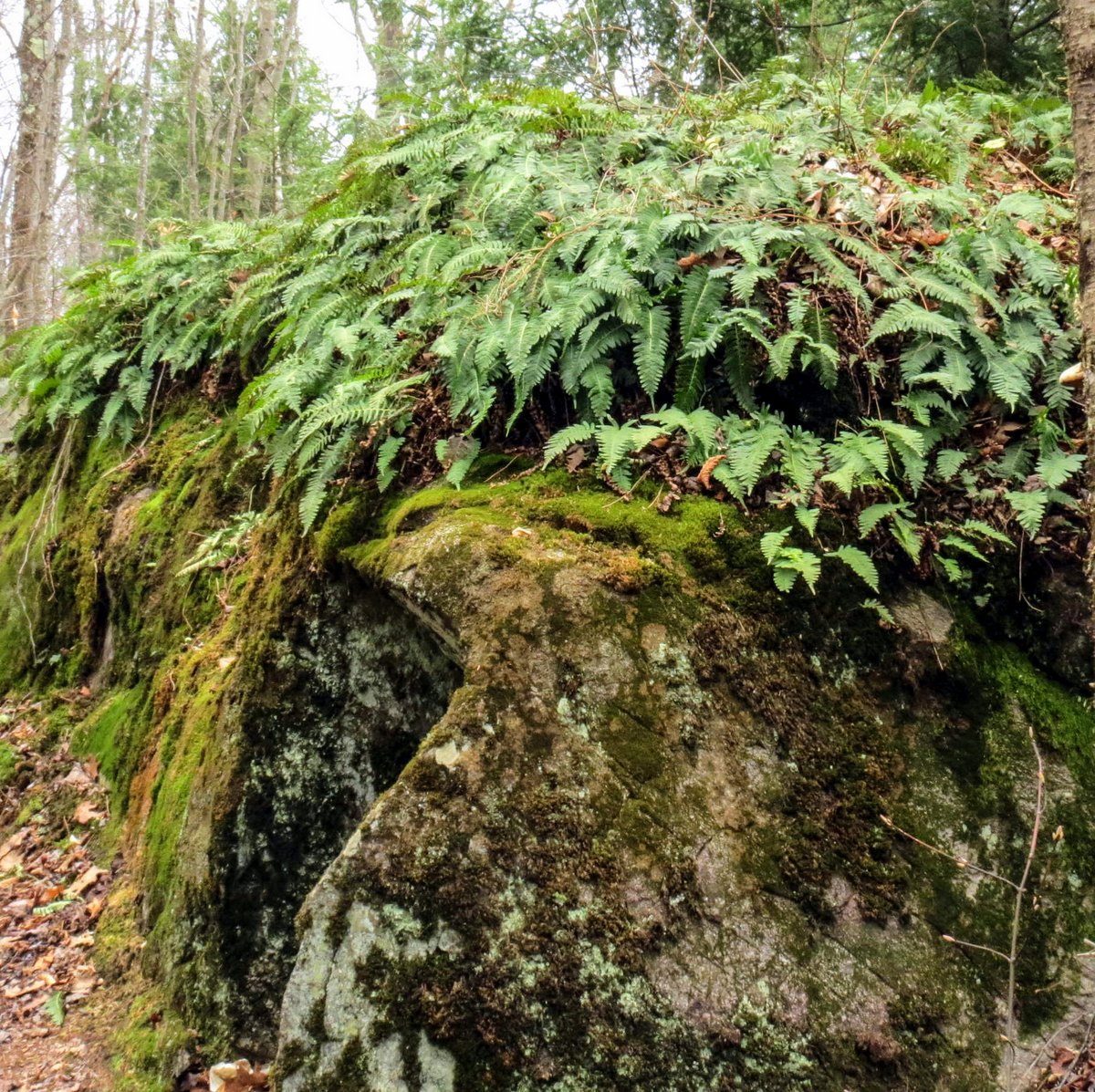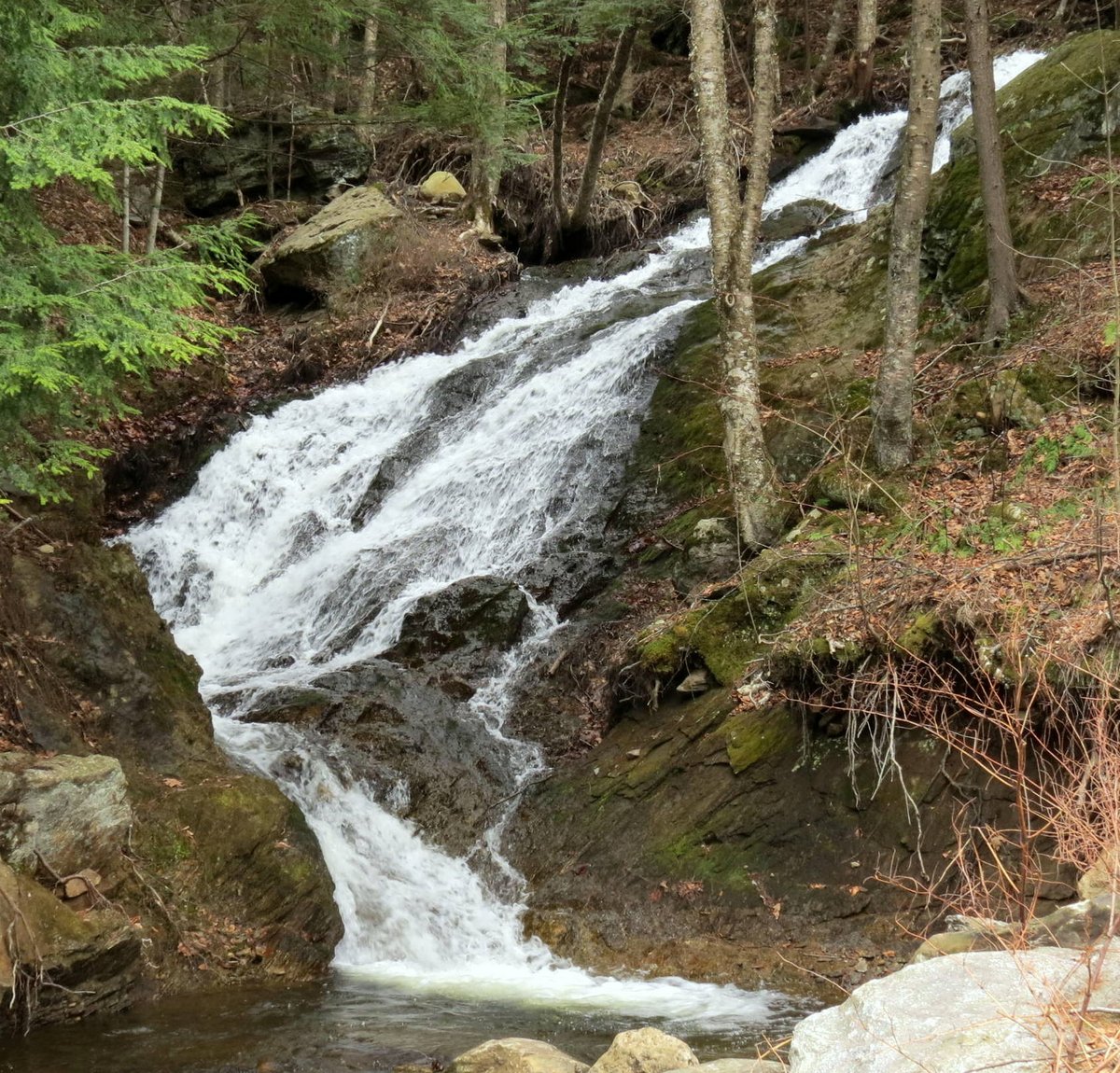
Every year at this time I like to go and see 40 foot falls up in Surry. It’s a very dark place because of the tree canopy, but once the leaves fall it opens up enough to take photos. It’s the only place I know of with a waterfall that you can get close to. We’d had quite a bit of rain the day before so on this day it was roaring.

This trip comes with a price and that is the climb. It can be a little dicey, especially on wet oak leaves, but if you’re careful it isn’t too bad. I found a nice straight and stout tree branch to use as a walking stick.

Years ago I read somewhere that you should slow down water in a photo to show movement. Now, I’m fairly certain that anyone who reads this blog knows that falling water has motion but just in case someone comes by who doesn’t, here it is in full slow motion. I’ve always thought that it was really done so a photographer could show off their camera skills, but that’s just my opinion and I should probably keep it to myself.

I prefer the real myself, and this is as real as it gets. By the way, that boulder over there wouldn’t fit in a pickup truck. Not only does this water have motion, it has great force as well. You’ll most likely note all the downed trees in these shots. They aren’t saplings; they’re mature trees. Or they were, anyway. When this brook floods people tremble. Severe flooding in August of 2003 washed away large parts of the road that the brook parallels, and flooded houses. I’ve read enough about it to know that I don’t want to be anywhere near here if it happens again.

What I believe were late fall oyster mushrooms (Panellus serotinus) grew on on a log. Oyster mushrooms exude “extracellular toxins” that stun fungi eating nematodes, and once the nematode has been stunned mycelium invades its body through its orifices. The mushrooms also consume bacteria in order to get nitrogen and protein, and all of this means that oyster mushrooms are a truly carnivorous mushroom.

Here is a look at the underside of one of those oyster mushrooms. I’ve read that the late fall variety are chewy and nearly tasteless, but I’ve never tried them.

A large number of smoky eye boulder lichens (Porpidia albocaerulescens) grew on a boulder. Their fruiting bodies (apothecia) were beautifully blue and the bodies (Thallus) were golden just like they are at Beaver Brook. I think this is the first time I’ve seen them looking like this outside of the Beaver Brook Natural Area. This is a very beautiful lichen and is one of my favorites so I was happy to find them. It’s like finding jewels sprinkled on the rock.

There are three waterfalls along this section of the brook. We’ve seen the lower falls and this is the middle falls. I think this one is the most photogenic.

There used to be a snowmobile trail up here with a bridge that crossed the brook but flooding tore it apart. This steel cable is all that’s left and it’s slowly being engulfed by trees.

Other miscellaneous pieces like this steel strap can be found here and there.

An old culvert once ran under the trail but the soil of the trail has been washed away.

A tinder fungus (Fomes fomentarius) grew on a dead tree. The Fomes part of the scientific name means “tinder” and the fomentarius part means “used for tinder.” They are called tinder fungi because of their age-old use as tinder to start fires. The Cree tribe of Native Americans used these fungi to carry coals from one place to another. Tinder polypores produce huge amounts of spores; measurements in the field have shown that they release as many as 800 million spores per hour in the spring and summer. They grow on dead deciduous trees and logs. This one was quite pretty, I thought.

This is the first place I ever saw beech scale (Cryptococcus fagisuga) and unfortunately it is still here. Excessive feeding by this scale insect causes two different fungi, Neonectria faginata and Neonectria ditissima, to produce annual cankers or blisters on the bark of the tree. The continuous formation of lesions around the tree eventually girdles it, resulting in canopy death. It has killed many trees.

Heartleaf foamflowers (Tiarella cordifolia) grew in a small colony that I’ve never noticed here before. They’re one of our prettiest late spring flowers and are easy to spot because of their hairy, maple-like leaves and foot high flower stalks. Native plants have leaves that are bright green at first and then turn a darker green, sometimes mottled with maroon or brown. Many hybrids have been created and foam flowers are now popular in garden centers and are grown in gardens as much for their striking foliage as the flowers. They are an excellent, maintenance free choice for shady gardens that get only morning sun.

Now we’re up above the middle falls, and we’re done climbing.

Because you don’t climb that. I can’t guess how deep this canyon is but I do know that I wouldn’t want to be up there on the rim.

The stream bed is course gravel, made up of stones that have presumably fallen or have been washed from the canyon walls.

The boulder against that tree wasn’t there the last time I was here. You can see how all of the bark has been scoured from the base of the trees, most likely from stones hitting them. Losing their bark kills them and then the brook then just tears them out by the roots and washes them downstream.

After all the roar and white water the upper falls are a bit anti climactic. I don’t know where the name “40 foot falls” comes from because the upper falls don’t look 40 feet high and the brook is far more than 40 feet long in this section of falls. I’ve tried many times to find the origin of the name but have had no luck. As I was writing this post, I found a website that claimed the falls and brook are on private land and are posted no trespassing, but that isn’t true. I’ve never seen a no trespassing sign in this area and since I don’t ignore them, this post would never have appeared if I had. I have no idea who actually owns the land but I would thank them for allowing people on it if I did.

Now comes the trip down. Parts of it are so steep and slippery with leaves I have to sit and slowly slide down, so if you come here you might want to wear sturdy pants as well as sturdy, waterproof shoes.

I saw that some mushrooms had hidden themselves inside a hollow tree stump. More late fall oysters, I’d guess.

Coltsfoot plants (Tussilago farfara) grew in a sunny spot. I always tell myself that I’ll come back in the spring to see the flowers but by then I’ve usually forgotten that I’ve seen them.

Christmas ferns (Polystichum acrostichoides) were dotted here and there on the forest floor. They are one of 5 or 6 evergreen ferns found in these woods, and their common name is thought to come from the early settler’s habit of using its fronds as Christmas decorations. Native Americans used the Christmas fern to treat chest ailments like pneumonia and to relieve flu symptoms.

If you look closely you can see that each Christmas fern leaf has a tiny “toe,” which makes it look like a Christmas stocking. Another unusual thing about Christmas fern is the shape of its fronds, which start off narrow at the base, widen in the middle, and then get narrow again at the tip. Most ferns have fronds that taper gradually; widest at the base and narrower towards the tip.

It is clear that nature rules here and maybe that’s why I come. There are few places left in this area where you can find the kind of untamed wildness found here. It makes you feel small, and everybody should feel small now and then. It keeps us humble and helps us keep life in perspective. In fact studies have shown that people who often feel a sense of awe and amazement at the vastness of nature and creation were more likely to be compassionate toward others, and more ethical when making decisions. So there is another reason to get into the woods.
Explore often. Only then will you know how small you are and how big the world is. ~ Pradeepa Pandiyan
Thanks for stopping in.

























